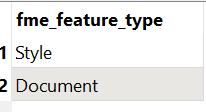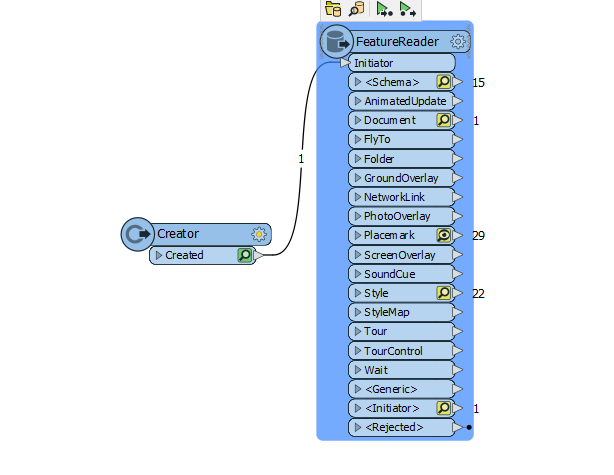I am trying to get the KMZ file from the Website and download it to my pc. When I tried to get the file from pc and run the featured reader, I got only two features.


and this when i nnot add on its

 +5
+5I am trying to get the KMZ file from the Website and download it to my pc. When I tried to get the file from pc and run the featured reader, I got only two features.


and this when i nnot add on its
